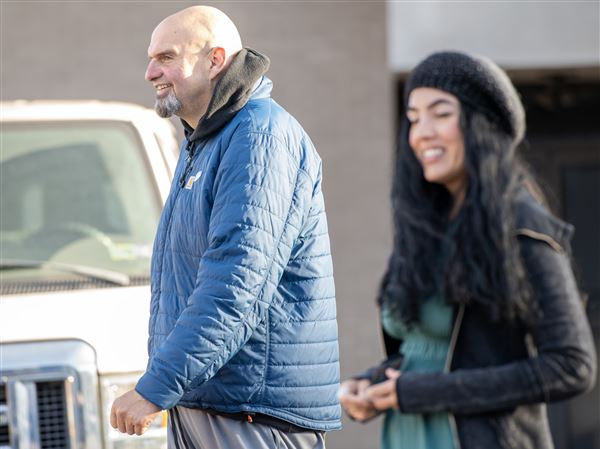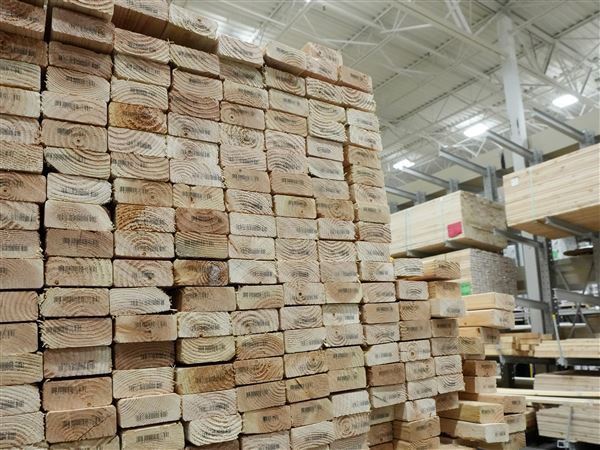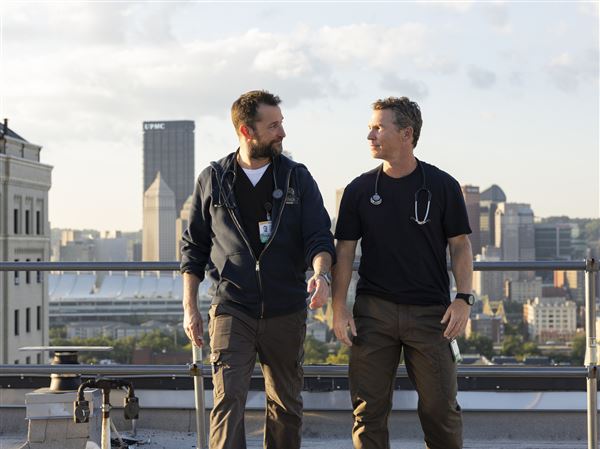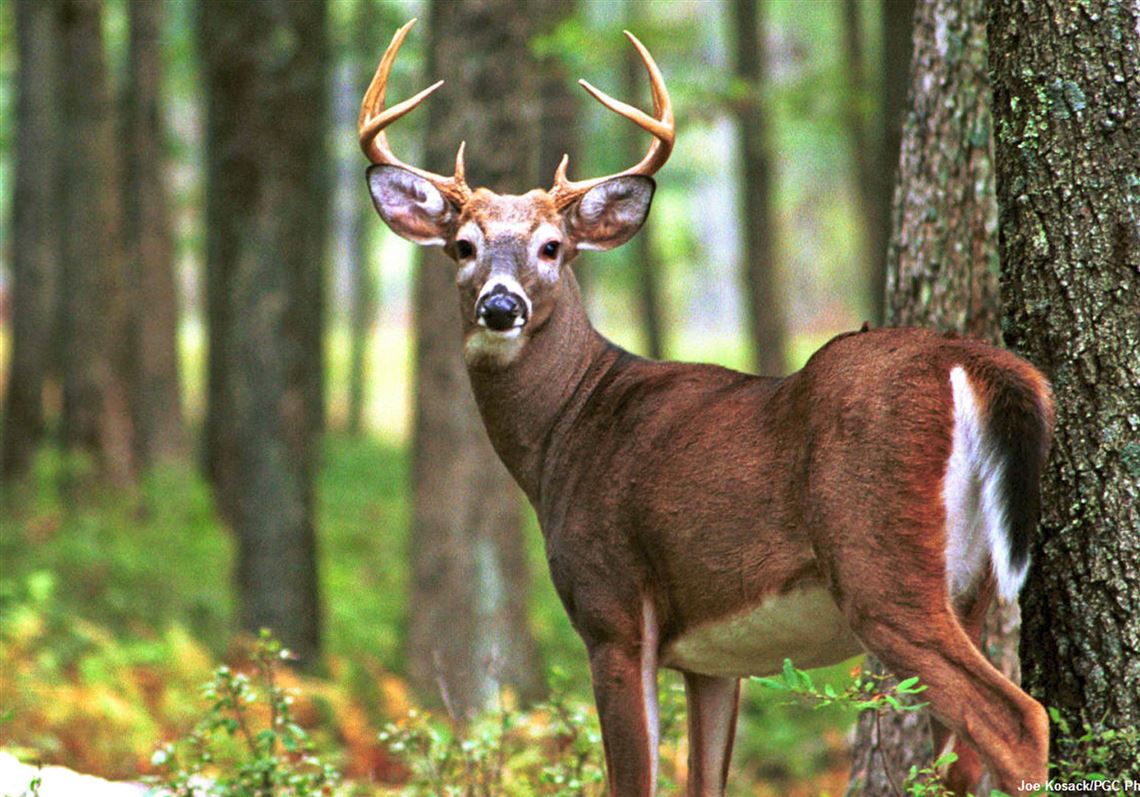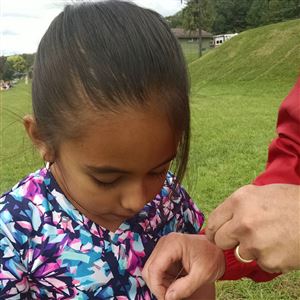Conventional wisdom has long held that deer are more active on moonlit nights, and most active under a full moon. The day after, the conjecture followed, deer move around less in the daylight.
Some hunters staked their outdoors reputations in support of the theory, as well as their ability to fill a freezer full of venison. Companies that publish solar-lunar tables for the use of hunters bet their businesses on it.
One week before the moon made eclipsical news, the Penn State College of Agricultural Sciences published research suggesting that the moon and its phases have little to no impact on deer mobility by night or day.
“People have been trying to address this issue for 40 years or more,” said Duane Diefenbach, adjunct professor of wildlife ecology and leader of the Pennsylvania Cooperative Fish and Wildlife Research Unit at Penn State. “There have been equivocal results in the past with some reports saying [moon phase] makes a difference and some saying it doesn’t.”
The new research used data gathered for the Deer-Forest Study, an ambitious collaboration of Penn State, the U.S. Geological Survey and the state Game Commission and Department of Conservation and Natural Resources. Initially funded for 2013-2017, the deer-forest project combined hunter questionnaires, radio-collar deer monitoring and periodic habitat analyses in Rothrock, Bald Eagle and Susquehannock state forests. The goal was to learn more about ways that deer, soils and vegetation impact forested areas.
“Technology keeps getting better,” said Diefenbach, leader of the Deer-Forest Study. “We realized that with the resources we had available and the data we had gathered, we could objectively address the [moon phase] question.”
The research used GPS-monitored positions of does 2 years old or greater collected in October 2015 and October 2016 -- the original research had tracked those does on an hourly basis, providing better positioning data. The statistical model combined the elements of sunrise/sunset, hour of day and moon phase (full: greater than 67 percent illuminated, partial: 33 percent to 67 percent illuminated, new: less than 33 percent illuminated).
Tens of thousands of data points were tracked by Jessica Hepner, a Penn State undergrad awarded a summer research grant to analyze Deer-Forest Study data.
“As I began my analysis, my opinion was that deer activity would increase around the time of the full moon, mostly just because that is what my grandfather was always telling me,” Hepner posted on the Deer-Forest blog’s Wandering in the Moonlight page. She was unavailable for interview. “It’s always been a thought-provoking topic for me and it seems that everyone is interested in the effect that the moon has on deer.”
Analysis of the Deer-Forest hunter questionnaires found that 88 percent agreed with Hepner’s grandfather that the moon phase has “some effect” on deer (66 percent) or “significantly affects deer” (22 percent). Further, about 44 percent agreed that “Around full moon deer travel more at night and less during the day.” Another 14 percent said they strongly agreed.
The GPS telemetry showed that the deer moved nearly 200 feet per hour at night and fewer than 165 feet per hour during daylight hours. They moved from about 400 to 450 feet per hour at sunset and sunrise, and were more active near dusk than dawn.
Overlaid against periods of full moon, the study showed that the deer travelled less than 20 feet farther per hour during nights with a new moon. In daylight during periods of partial moon phase they moved about 13 feet farther.
“The study found there was basically no difference,” said Diefenbach. “Just a couple of body lengths.”
Hepner blogged that, “Moon phase has an insignificant effect on deer movement, meaning that none of the moon phases cause deer activity patterns to increase or decrease significantly.”
Diefenbach said that while the study was based on more data and used better technology than previous moon-phase studies, more work could be done.
“This little study is not the end-all of this question,” he said. “We looked at female deer in the month of October in one particular part of Central Pennsylvania,” he said. “We looked at the data we had available, gathered for multiple purposes. [The study] didn’t include bucks, and isn’t as relevant to the needs of archers.”
The next study to be based on the Deer-Forest data will look at some 13,000 deer locations from October 2013 to October 2014 to determine how deer respond to weather and other factors.
The Deer-Forest Study blog is posted at http://ecosystems.psu.edu/research/projects/deer.
First Published: August 27, 2017, 4:00 a.m.
